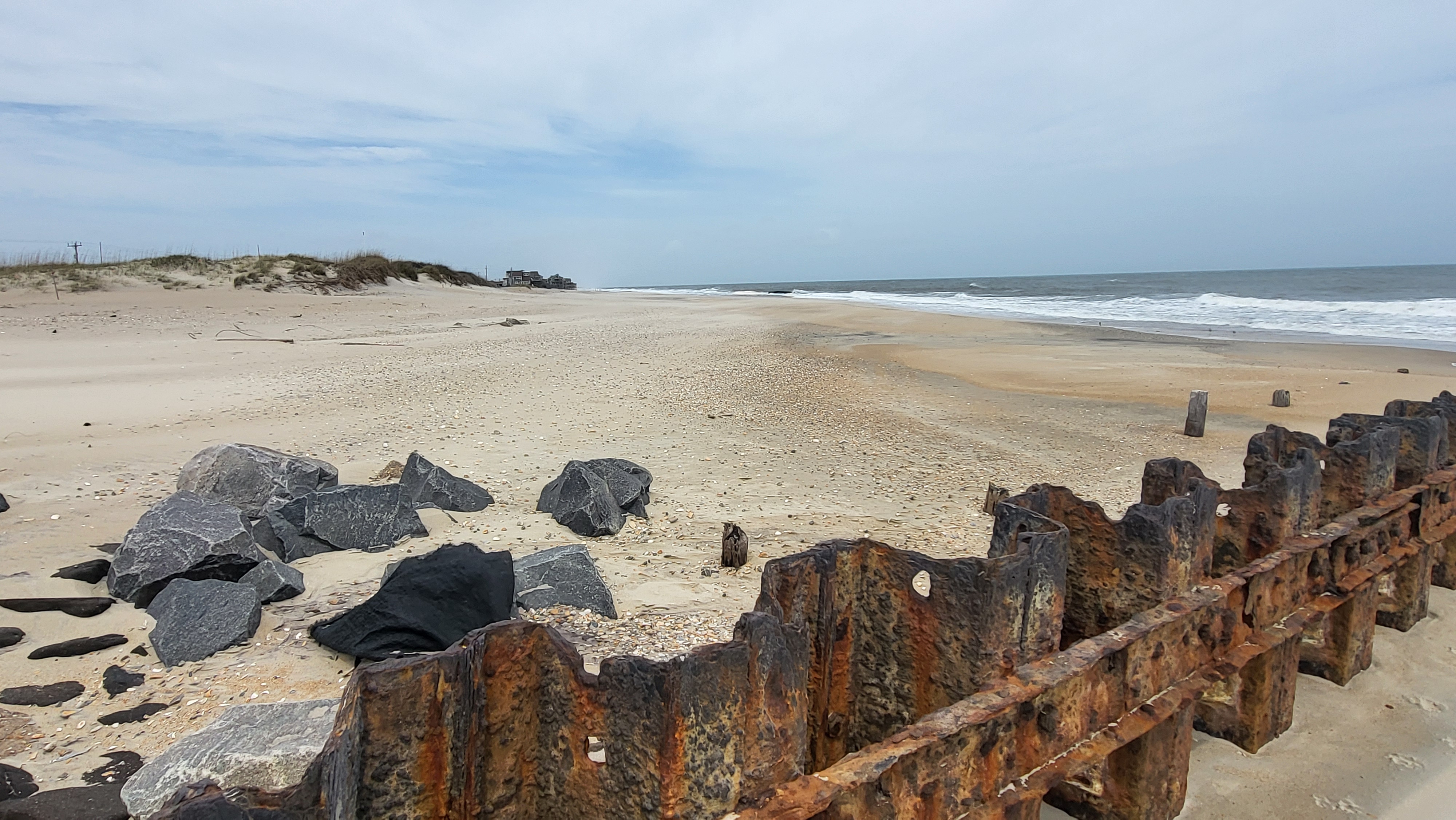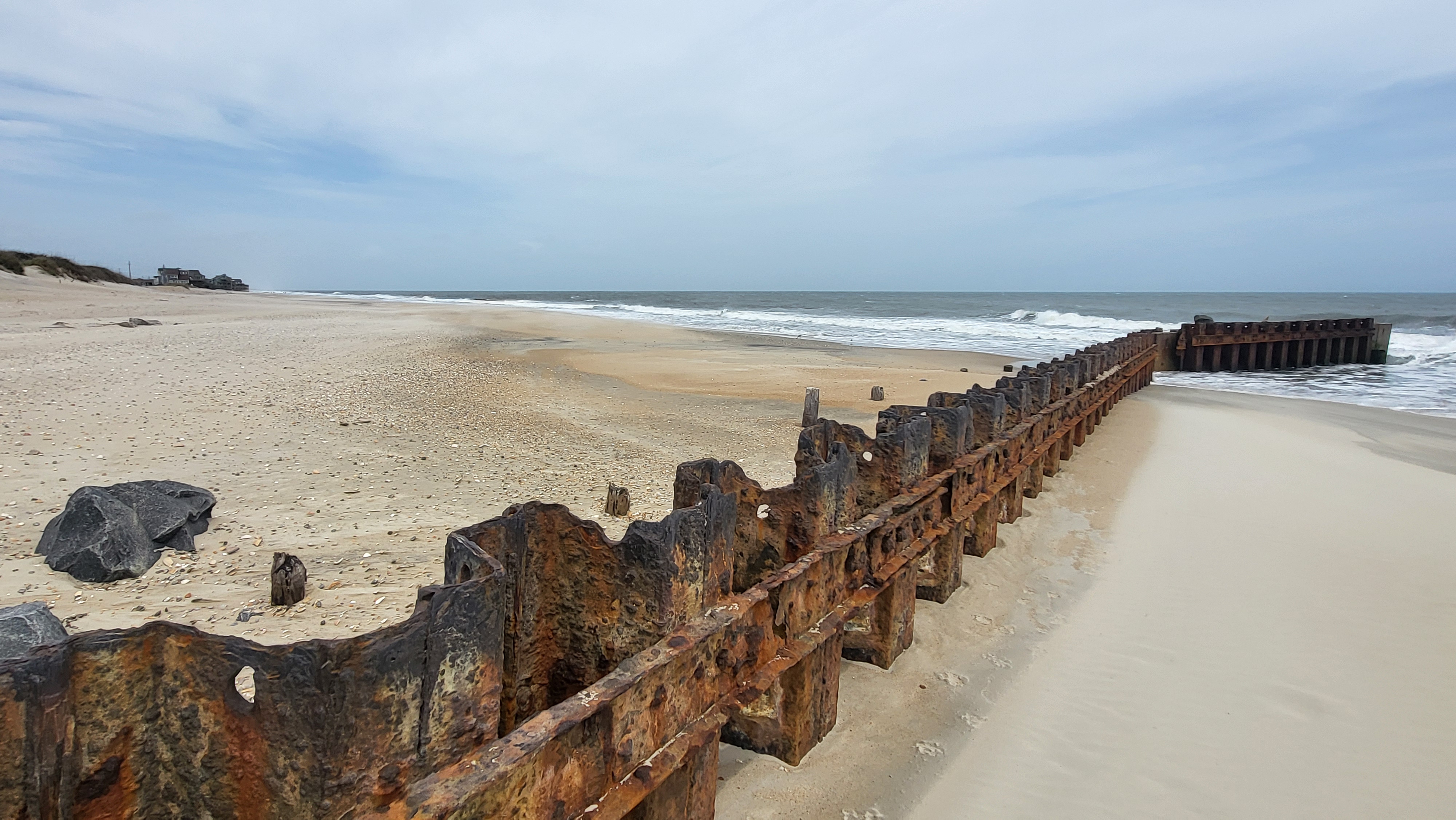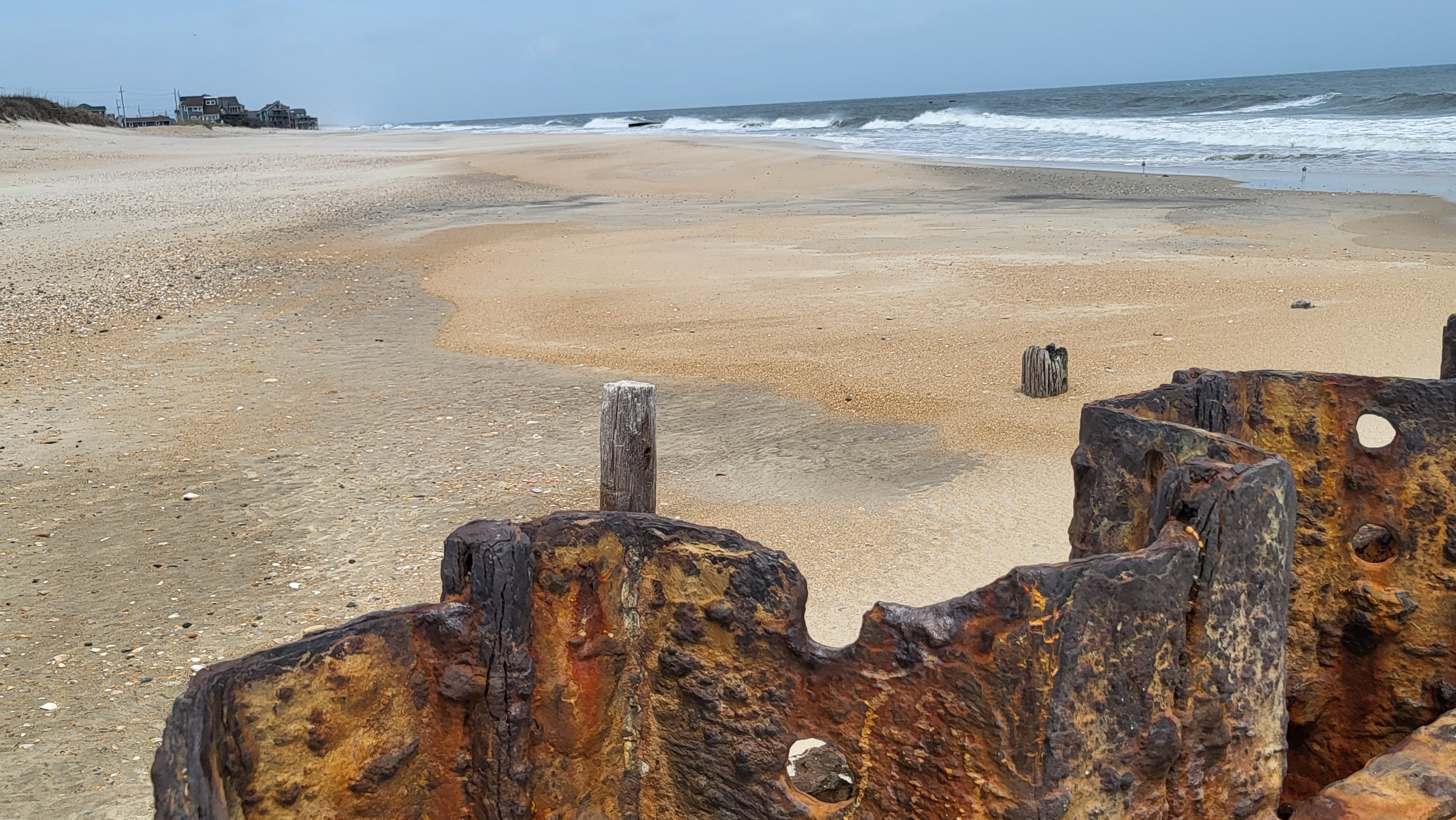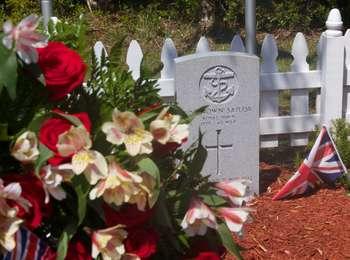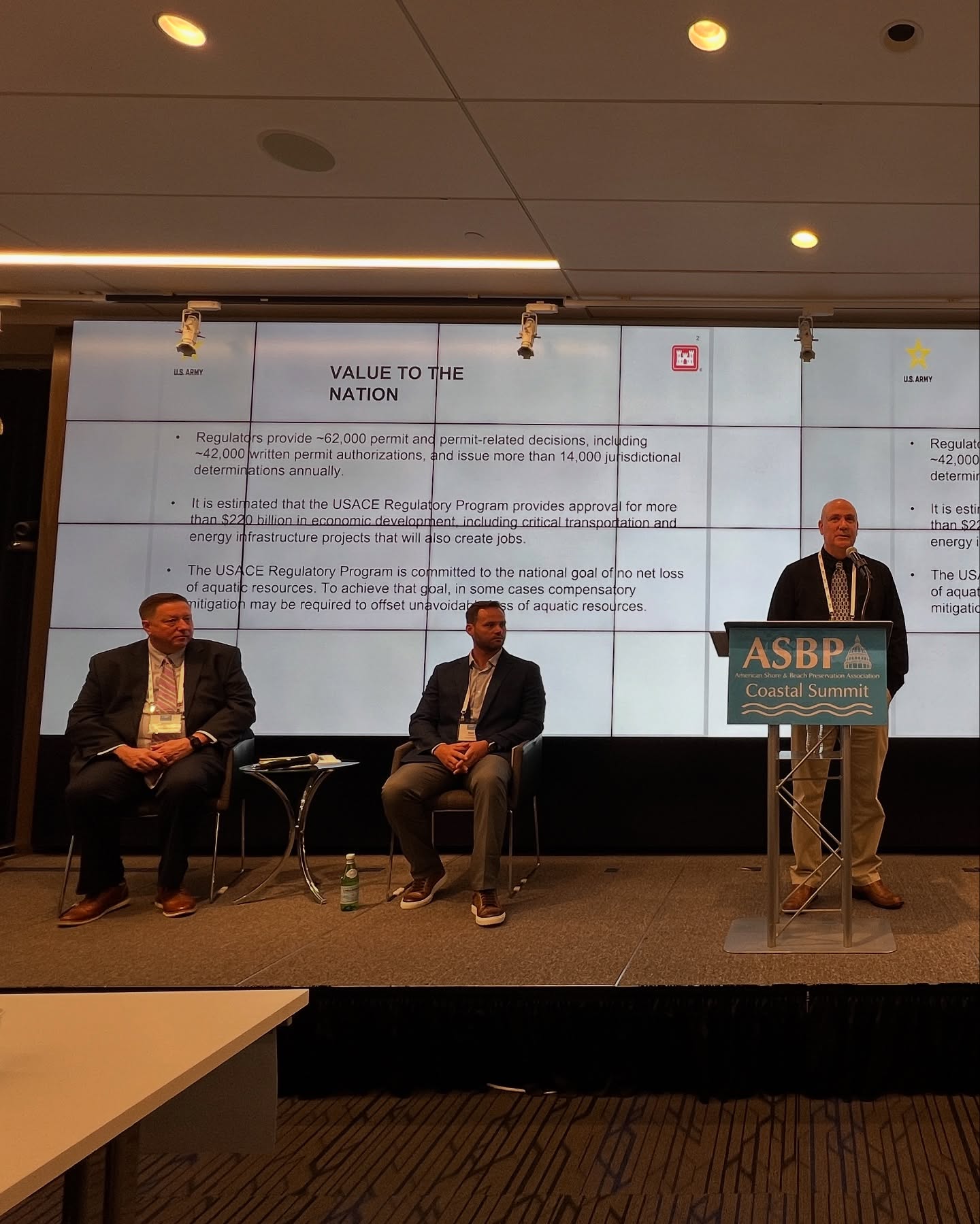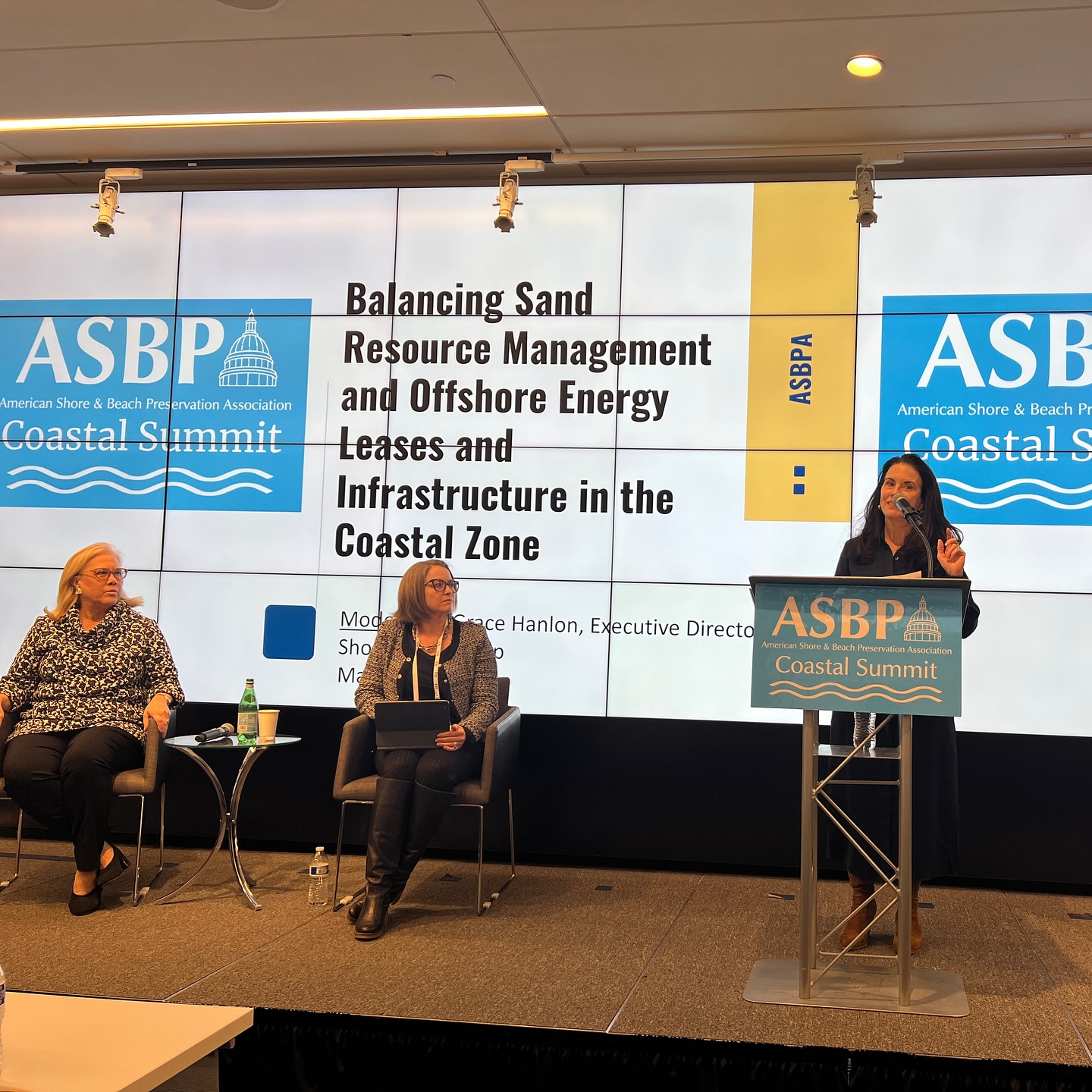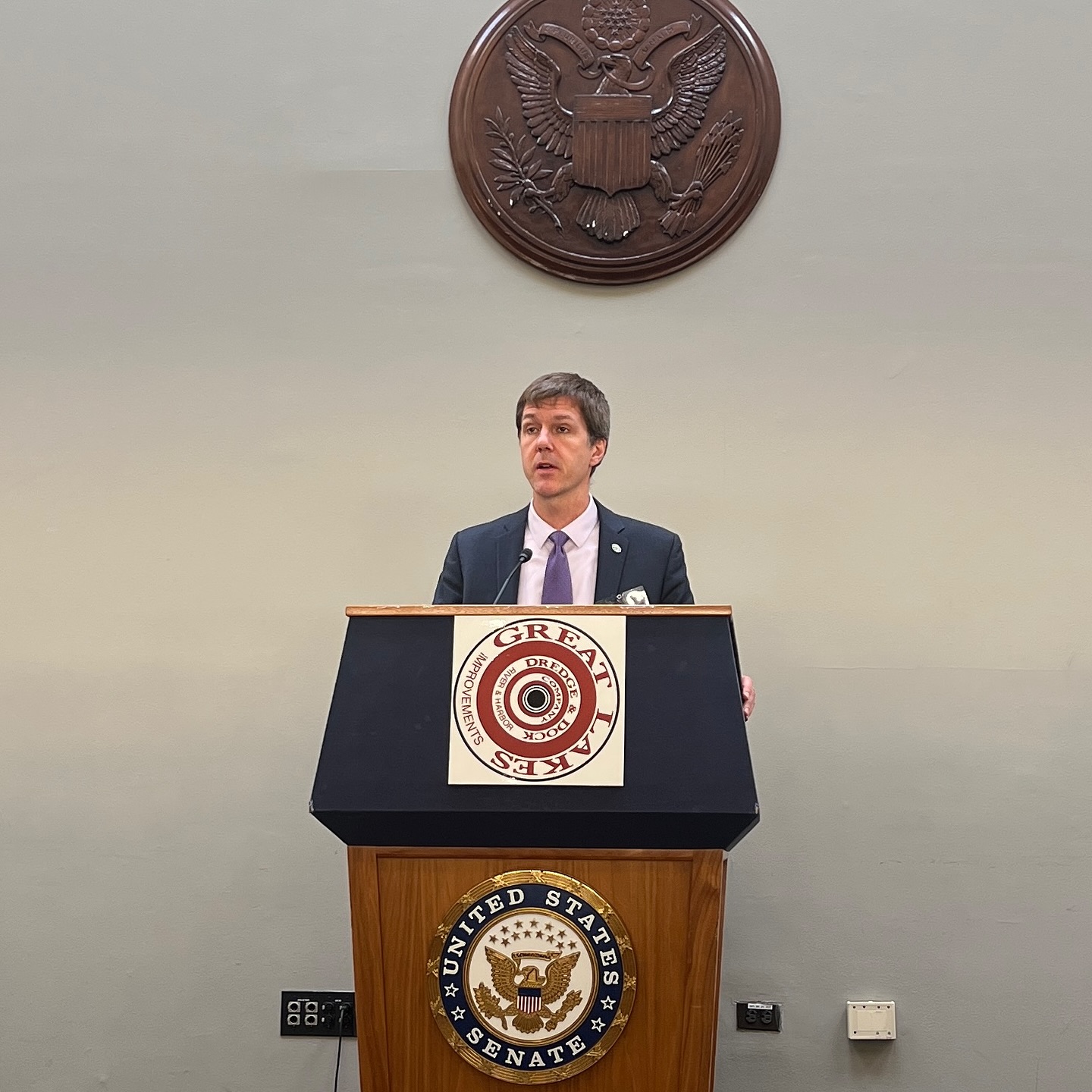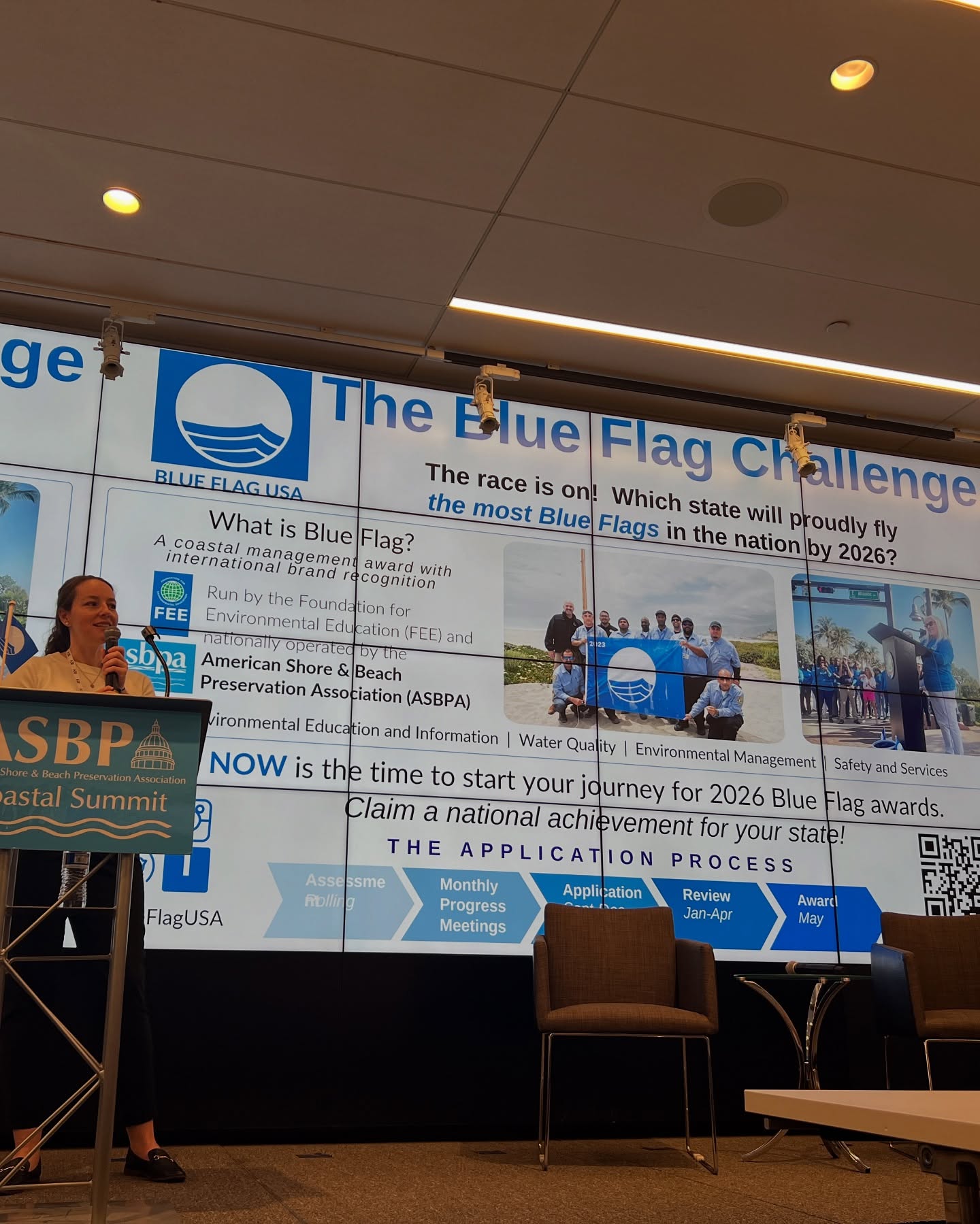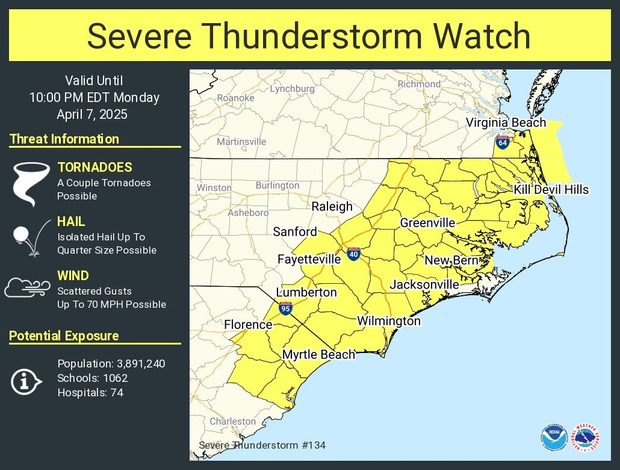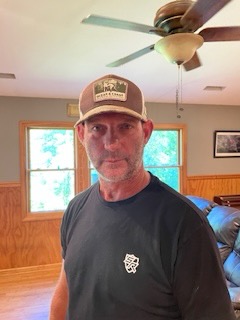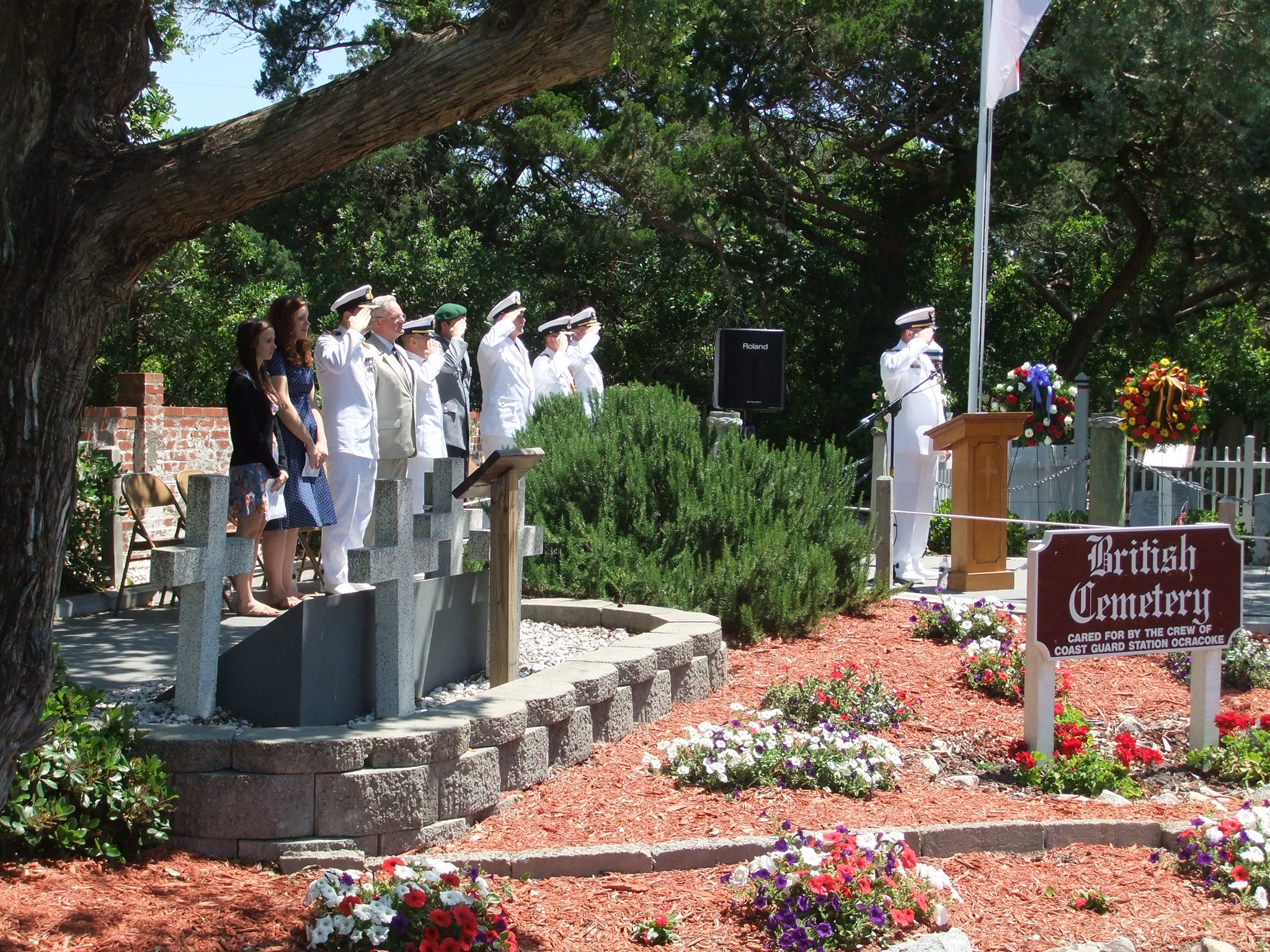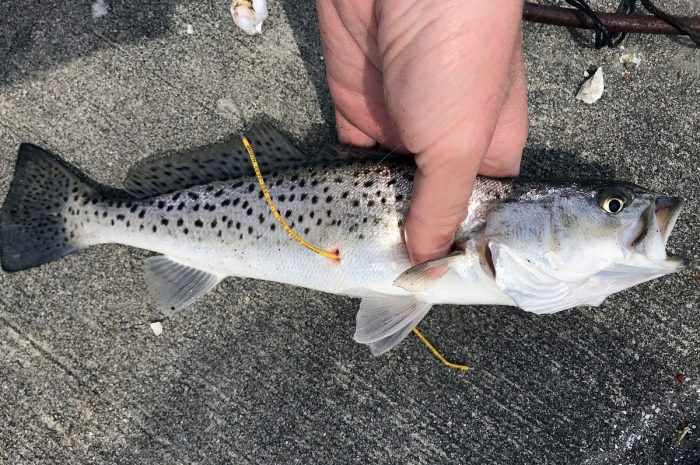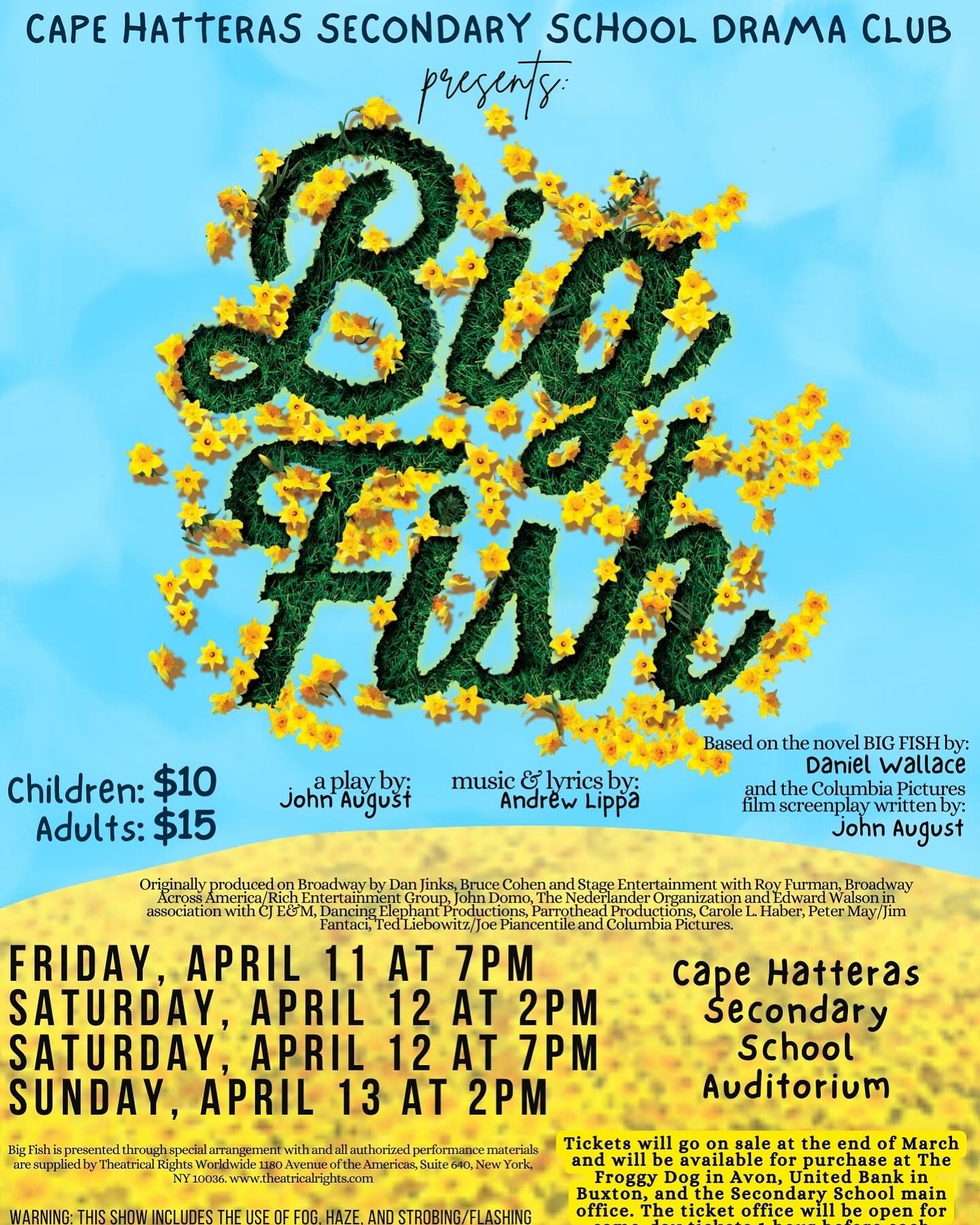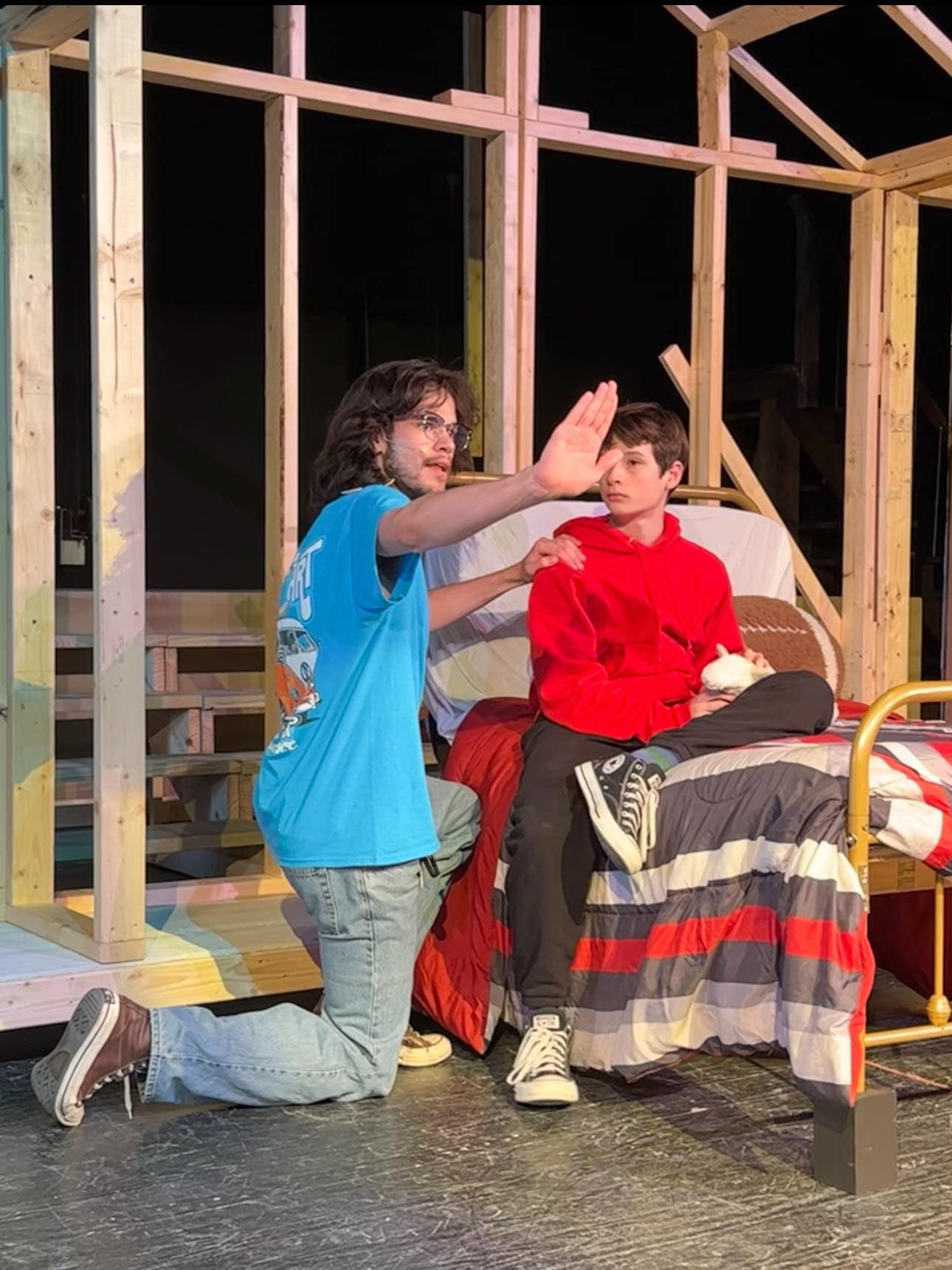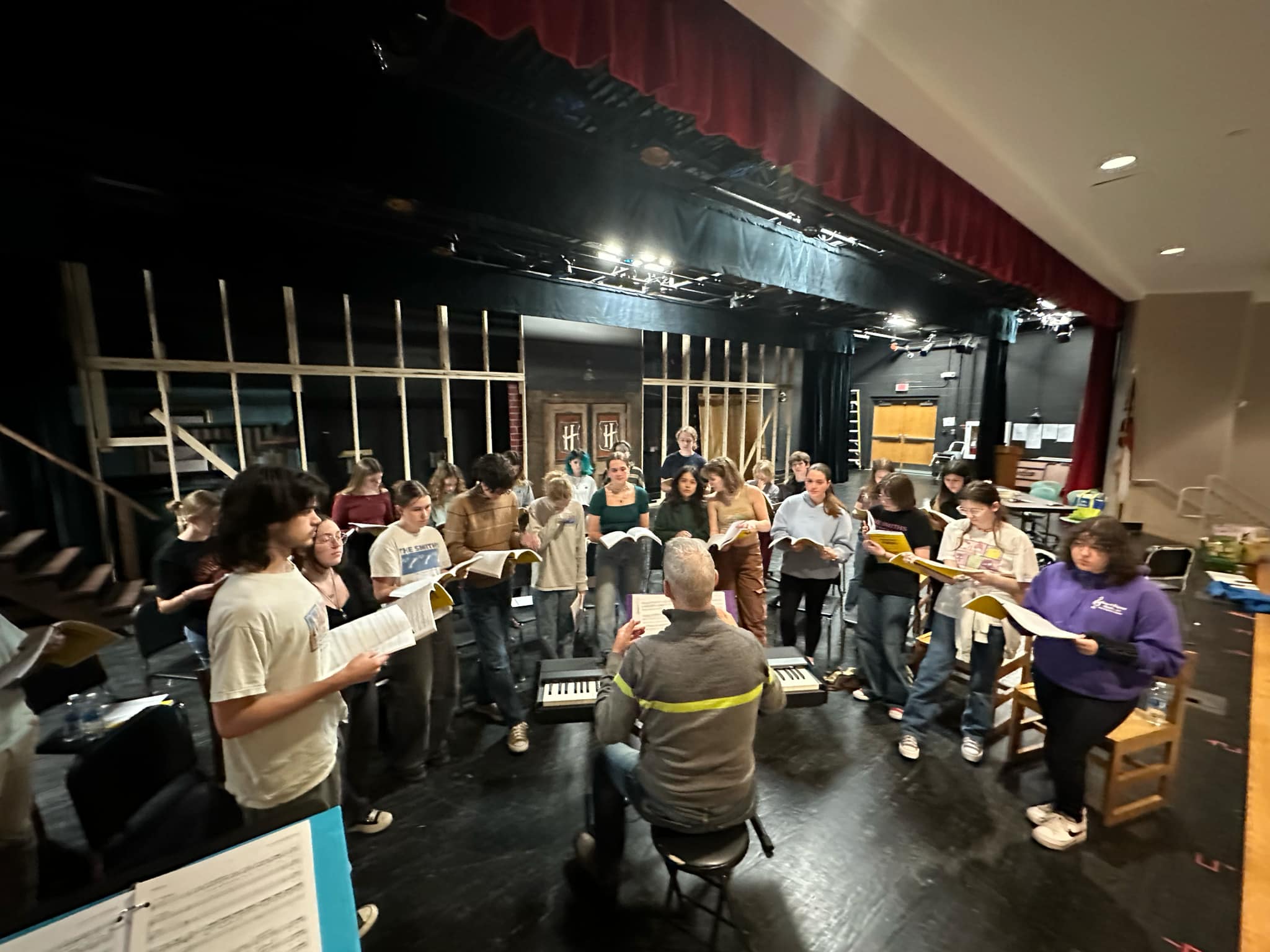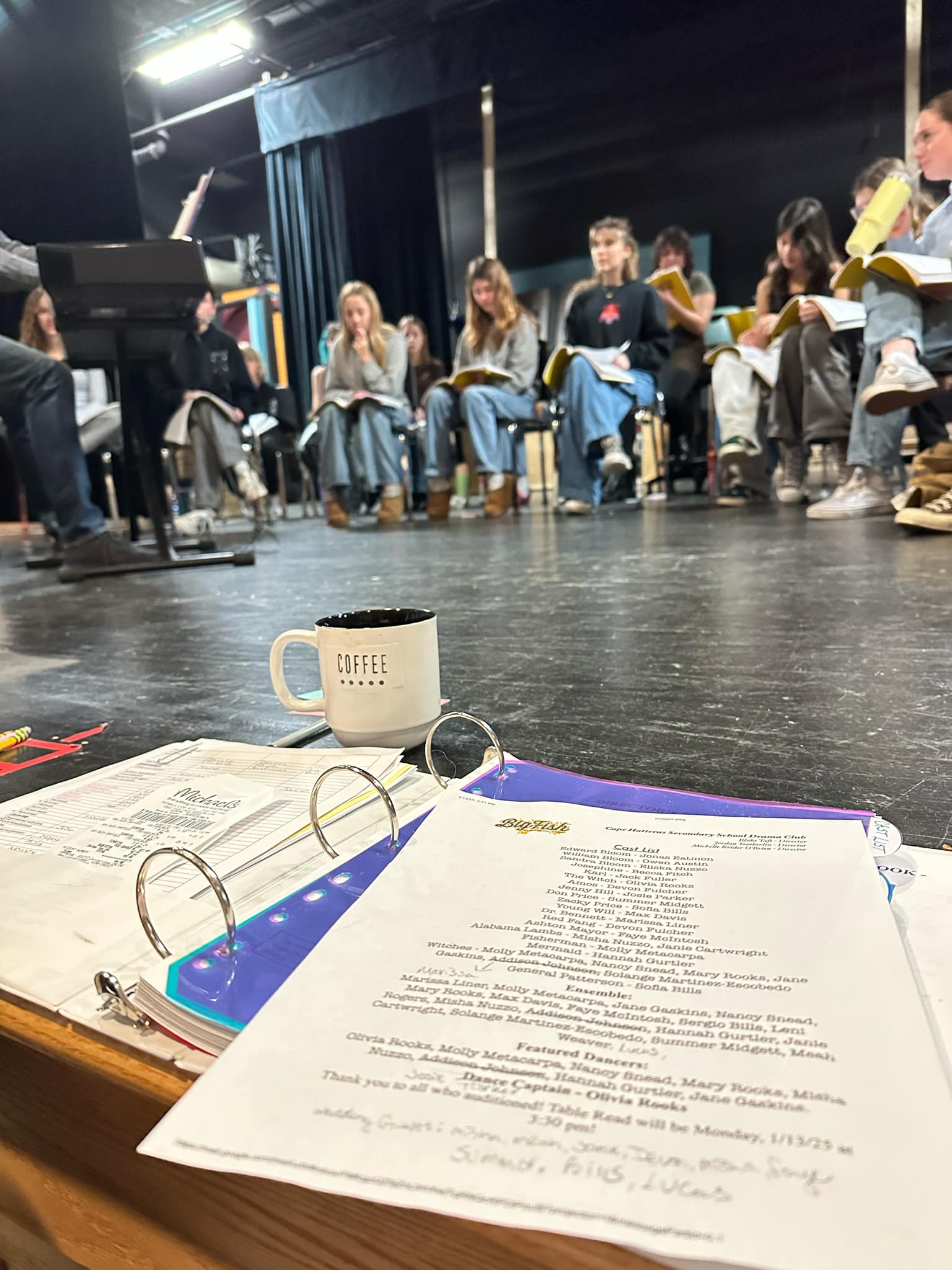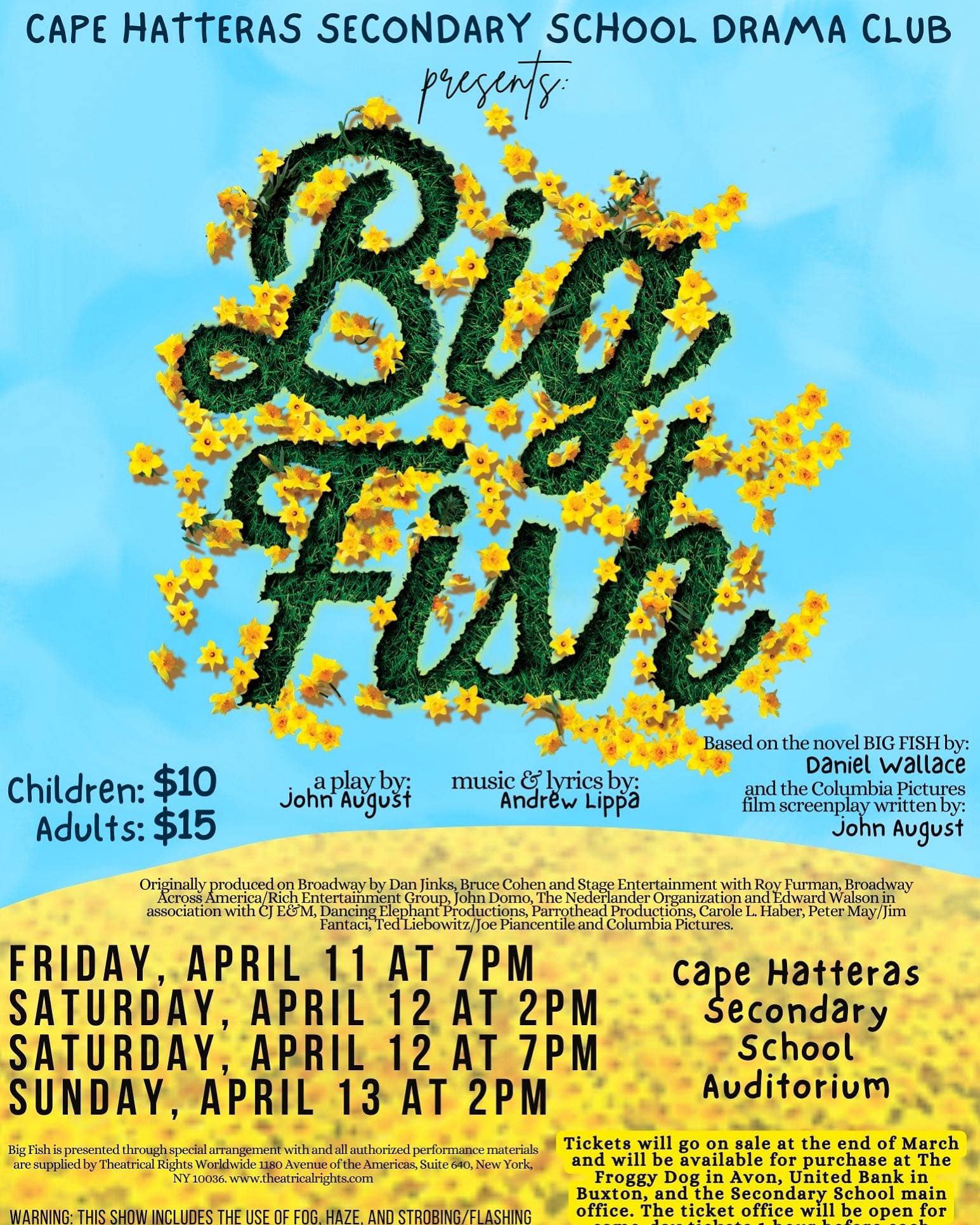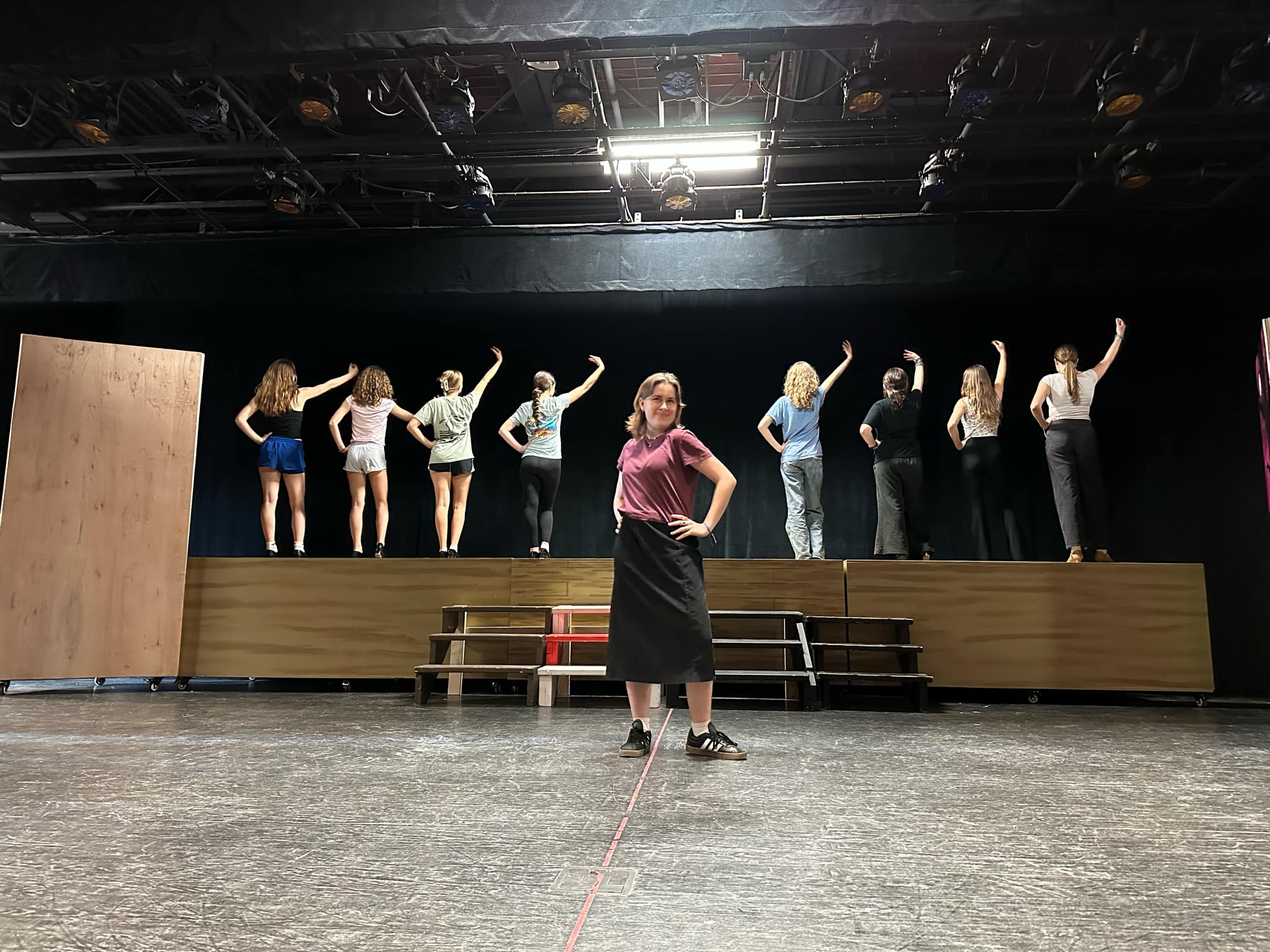Kinnakeet Home: Exploring the Pamlico Sound
“Of cabbages and kings…”
Lewis Carroll, 1872 The Walrus and The Carpenter
A walk along the oceanside gives us view of the dramatic; waves crashing, dolphins jumping, pelicans diving, shorebirds scurrying in an never-ending quest for food. But a walk along the soundside is one of peace and calm. Nothing seems to be in a hurry. The horizon often seems to blend together. A sailboat floats by in the distance. Heaps of seaweed dry heavy and dank in the heat of the day. Thickets of trees and brush line the edge of the sand, enclosing all in silence. The water softly laps at the shore.
My teenage memories of Kinnakeet include walking to the ocean. But my childhood memories are of walking with my mother, aunts, and cousins to “Irene’s Landing” – a stretch of soundside in the village. What I remember best is playing in the warm shallow water with my cousins, inventing adventures in the hot sun. I also spent a lot of time running after schools of minnows and swooping them up with the side of my foot onto the sandy shore. They would flop and wriggle around as I picked each one up, put it back in the water, and watched it swim away. We often found hermit crabs as well, and it was fun to catch them and watch their top-heavy crawl back to the water. We had to wade pretty far from shore to get to water that was waist deep on us – the water is quite shallow, as any boater can tell you. No one had a pool at that time, so the sound was the safest place to take us. The walk back to my grandfather’s house was just a couple of blocks.
I talked to one of my cousins, Hal Gray, about his memories of playing along the soundside. He is about the same age as me, and we spent a lot of time together as kids. He remembers going to the landing with his best friend Erk and his grandmother, Hal’s Aunt Addie. She would be dressed in a frock and bonnet to take them crabbing. They would use a dip net and basket to catch the crabs, and he remembers her bunching her frock up in the front as makeshift trousers.
When we went with our mothers to the landing, there was a small sand bar you could wade to. All the moms would sun bathe while the children played. The boundaries were marked by old house pilings to the south and a point of sand to the north. The boys would take a red brick, polished smooth from the water, and go up and down the shoreline for hours. They would throw at schools of minnows, knocking them up on shore. Then they would either lay out their catch and look at them, or dig a hole in the sand filled with water to corral them in. They’d also look for old boards that had drifted up to shore and turn them over to look for oyster toads. Part of the fun was knowing that the oyster toad had a mean bite if you weren’t careful. They would chase blue crabs and hermit crabs for hours. Washed up boards and logs were also used as floats.
I was told that when my father was a boy, he and his friends would often be found on a school day out on the soundside playing hookie, trying to ignore their mothers’ calls to come home. It had to be hard to live in such a place of adventure and spend most of the day trying to sit still in a classroom.
For us, the soundside was both, in Hal’s words, “playground and paradise”. The sound provides a variety of habitats for both creatures and plants.
The Pamlico Sound is the largest sound on the East Coast. It is about 80 miles long and 15-20 miles wide. Three inlets feed the sound: Hatteras Inlet, Ocracoke Inlet, and Oregon Inlet. These inlets connect the sound to the Atlantic Ocean and maintain the salinity and water levels. Pamlico Sound is shallow, and he average depth is only 5’-6’. Several rivers drain into the sound as well, so the Pamlico Sound is an estuary, which means it has brackish water that is host to a variety of habitats with diverse organisms. It supports a wide variety of creatures and serves as a breeding place and nursery for many ocean dwelling fish. Intertidal flats are areas of sand and mud that are covered at high tide with water and uncovered at low tide. This is where oysters, mussels, and clams live. The subtidal bottom is a large area of sediment that supports many types of animals, algae, and some rooted plants. This habitat is composed of mud and sand and is very similar to the intertidal flat.
Many types of wetland plants grow along the Pamlico Sound. These plants have adapted to the wet conditions that many other plants could not live in. Some of the types of wetlands found in the sound are tidal marshes called salt marsh and brackish marsh. Nontidal marshes are called brackish marsh, freshwater marsh, and forested swamp. Many types of animals live and feed or breed in the various types of marshes. Decaying plant matter is found in marshes. This matter releases many nutrients into the water during the decomposition process. These nutrients in turn provide fertilizer for plants and food for some types of animals.
Some marsh grasses absorb the energy of waves, protecting the shoreline. Other marsh grasses absorb runoff from the land, filtering out sediment and chemicals. This process helps to clean water before it enters the estuary.
Though the soundside is usually quite a peaceful place, it can be treacherous. During a hurricane or nor’easter the water will sometimes recede. When that happens, there is a fearful knowing that when the wind changes direction, the water will come rushing back in, swiftly flooding low lying areas.
There is an intricate tie of the sound water to the people who live and visit here. The soundside is our boundary to the west, the ocean our boundary to the east. The precarious balance of the island’s existence between the two makes for a place that is both beautiful and wild. The various moods of the sound echo over the island, from calm to choppy; the sunsets rich in color; the water stretching out until it touches the sky.








